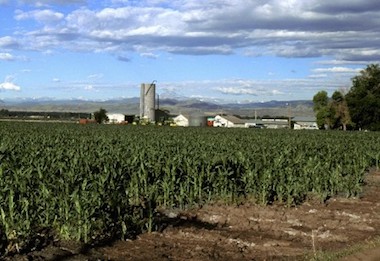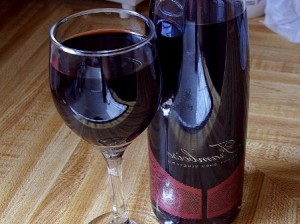A non-toxic mineral, gypsum can be helpful to humans, animals, plant life, and the environment. While the majority of gypsum produced in North America is used to manufacture gypsum panel products or building plasters, gypsum can also be used:
- As a soil additive (sometimes called land plaster) to improve the soil’s workability and receptivity to moisture, and to overcome the corrosive effect of alkalinity. Gypsum specifically benefits such crops as alfalfa, corn, cotton, wheat, and peanuts where substantial amounts of sulfate sulphur are required.
- As an additive to turbid water, particularly ponds, to settle dirt and clay particles without injuring aquatic life.
- As a food additive. Gypsum (calcium sulfate) is recognized as acceptable for human consumption by the U.S. Food and Drug Administration for use as a dietary source of calcium, to condition water used in brewing beer, to control the tartness and clarity of wine, and as an ingredient in canned vegetables, flour, white bread, ice cream, blue cheese, and other foods.
- As a color additive for drugs and cosmetics.
- A primary ingredient in toothpaste.
Historically, gypsum played an important role in the entertainment industry. Before the era of computers and high-tech special effects, film and television producers would drop “showers” of gypsum in front of the cameras to simulate snow.


